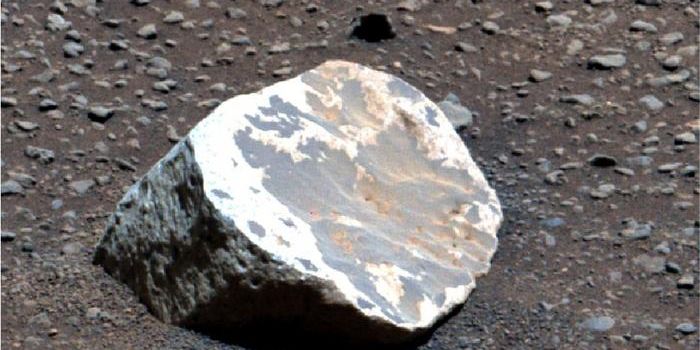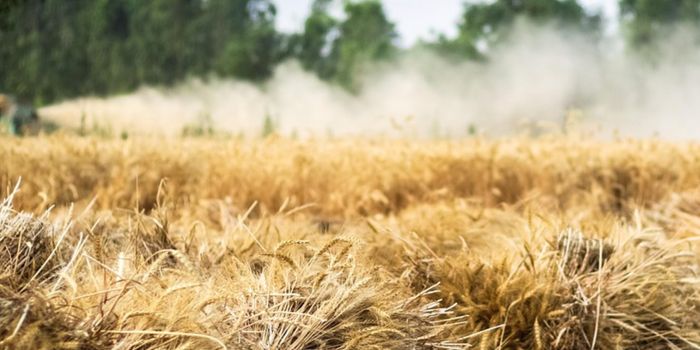What do advances in 3D printing techniques mean for tissue engineering?
New investigations into the field of customized tissue engineering are reported in the journal Bioprinting. The study was conducted by a team from Washington State University School of Mechanical and Materials Engineering collaborating with WSU's Gene and Linda Voiland School of Chemical Engineering and Bioengineering, the University of Texas-San Antonio (UTSA), Morehouse College, and University of Rochester.
The study highlights developments in bioinks that can be used to 3D print scaffolds of real biological tissues to make complex, porous, and personalized structures. Professor Arda Gozen who worked on the project says that such bioinks could one day allow doctors to print out tissue structures specific to an individual patient.
But for that to happen, the scaffolds must match the structure of natural cells. "The success of this method in manufacturing functional tissues relies heavily on how well the fabricated structures mimic the native tissues," Gozen said. "If you want to grow cells and turn them into functional tissue, you need to match the mechanical environment of the native tissue."
The scaffold that the researchers have developed to address that requirement is composed of gelatin, gum Arabic, and sodium alginate, which work as thickening agents so that the scientists can manipulate the chemical bonds of the cells without affecting the material. "That gives you the capability of tuning the properties without changing the scaffold design and gives you an additional degree of freedom that we are seeking."
While they say their work is coming along, actually printing a structure that comes close to the complexity of nature is a challenge. "You're not assembling Legos here. It's always about replicating nature that works with the body," Gozen said. "You can make living structures, but they look nothing like the native tissue. Precision is key because there is no single mechanical property target for a single piece of tissue."
Sources: Bioprinting, Science Daily








